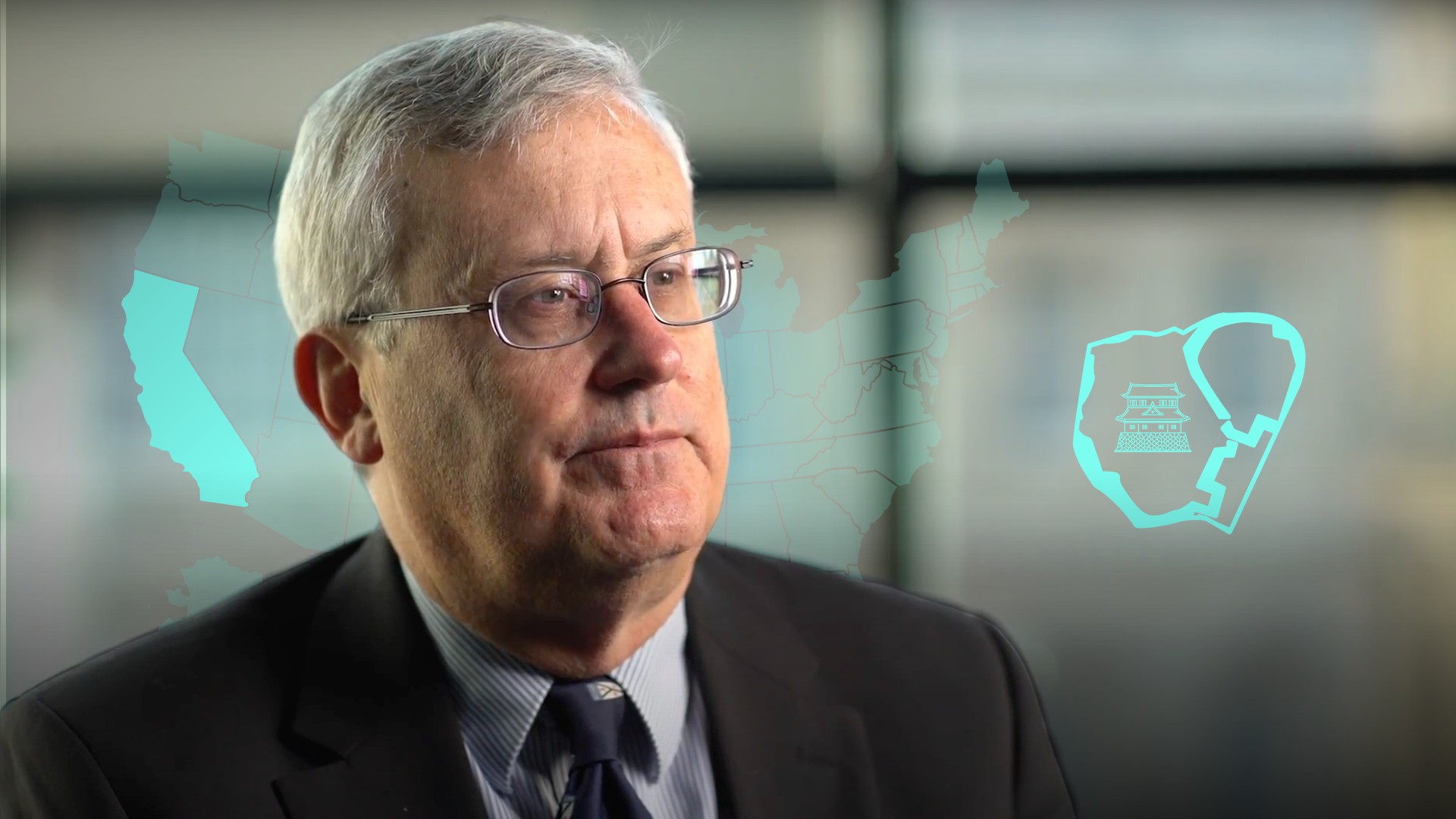
Market Bubbles Before 2000

Peter Eisenhardt
30 years: Capital markets & investment banking
Minsky’s stages can be used as a framework for studying the greatest market bubbles in history. Peter breaks down some prominent market bubbles that occurred prior to the year 2000 such as Tulip Mania (1673), the South Sea Bubble (1720), the Wall Street Crash (1929) and the Asian Crisis (1997).
Minsky’s stages can be used as a framework for studying the greatest market bubbles in history. Peter breaks down some prominent market bubbles that occurred prior to the year 2000 such as Tulip Mania (1673), the South Sea Bubble (1720), the Wall Street Crash (1929) and the Asian Crisis (1997).
Subscribe to watch
Access this and all of the content on our platform by signing up for a 7-day free trial.

Market Bubbles Before 2000
10 mins 48 secs
Key learning objectives:
Provide an overview of some of the greatest bubbles in history
Overview:
Bubbles have plagued the economy throughout history from tulip prices to Wall Street.
Subscribe to watch
Access this and all of the content on our platform by signing up for a 7-day free trial.
What are some of the biggest market bubbles pre-2000?
- Tulip Mania - 1673
- The displacement phase began in 1554 when tulips were introduced to Europe by the Holy Roman Empire Ambassador to the Ottoman Empire. The market boomed when tulips became a status symbol in the Golden Age of the newly independent Holland. Commercial voyages to the East Indies resulted in earnings of 400%. Price euphoria set in, and was fuelled by a futures market that required no margin and a new wave of speculation from France. A single bulb could be exchanged for a huge amount of goods.
- The event that pricked the bubble was when the florist trade body, knowing that prices were unsustainable, convinced Parliament to allow buyers to get out of forward purchases by paying a “break fee” of 3.5%. Overnight, futures contracts were turned into options contracts. Total chaos ensued.
- The South Sea Bubble - 1720
- In 1711, the South Seas Company was formed as a joint-stock company. In exchange for taking on the debts of the British government, with the government continuing to pay the interest, the South Seas Company was granted a monopoly to trade with South America and nearby islands. With competition for this business banned, the lure of huge profits led investors to rush into the shares.
- The market for the shares became euphoric because of backing from the cream of society, and excessive marketing. The Company even sent out “share singers” to patrol the streets and sell at night. The Company lent money to the public for speculative purchases. Speculators spread false rumours to drive up prices. There were frequent but untrue stories of impending peace treaties, which would have improved the government’s ability to pay down debt. The bubble burst when shareholders figured out what the founders of the company already knew - that Spain and Portugal controlled most of South America and there was no chance of trade. The Company couldn’t have pursued trade opportunities even if they did exist, as it didn’t have any money.
- U.S. Crash of 1873
- The element of displacement in this bubble was railroad construction. When the American Civil War ended in 1865, the country harnessed all its energy to expand westward. Railroads were new and exciting, with seemingly endless potential to help develop the entire continent. The boom was fuelled by government land grants and subsidies to the railroads. Speculators poured money into docks, factories, and other facilities to service the railroads. Over 33,000 miles of new track were laid across the country between 1868 and 1873. The railroad industry became the largest employer outside of agriculture.
- The problem was that all this investment was way ahead of itself. It would take decades for the settlement of the West to take hold so that returns on all of this investment could be realised.
- The nation's first transcontinental railroad was completed in 1869. The bubble burst as entrepreneurs built a second, called the Northern Pacific. Financier Jay Cooke underwrote the bonds, but ran out of buyers. Already stretched credit markets had tightened when Germany shifted to a full gold standard, forcing the U.S. to do the same. Cooke went bankrupt, leading to a panic where 25% of the country’s 364 railroads failed.
- Wall Street Crash - 1929
- The stock market moved to the euphoria stage when investors were dazzled by new technologies, like radio, cars, aviation, and power grids. Ticker tape machines reported stock prices within minutes, and could be found everywhere from night clubs to rail stations to beauty parlours to ocean liners. Everyone seemed to be playing the market. Individuals could buy stocks on 90% margin, meaning just a 10% loss would wipe out all of their capital. Leading into the Crash, 40% of all U.S. loans were to investors buying stocks.
- In part, the bubble was popped when the Fed tightened monetary policy to discourage margin lending. The Fed did not ease once prices began to fall, viewing the decline as a healthy purge of market excesses. Unfortunately, the market and the economy were in a perilous condition. Banks could not cope and the ensuing Crash snowballed into the Great Depression.
- Japanese Asset Price Bubble - 1980s
- In the decades following World War II, Japanese industry focused on developing innovative and efficient manufacturing methods and improving the quality of their products. The “Economic Miracle” made Japan the second largest economy in the world. Trade surpluses, a culture of savings, and loose monetary policy gave Japan tremendous excess liquidity. Banks topped this up by borrowing from the capital markets, and using all this liquidity to take increasing risks. Many Japanese companies practiced “zaitech”, obtaining low-interest loans to purchase stocks and real estate. As these investments soared in price, zaitech came to represent 40-50% of corporate earnings.
- By the late eighties, Japan’s competitive edge against other Asian exporters deteriorated. The Bank of Japan became concerned about asset price inflation and decided to tighten monetary policy. Soon after, the Nikkei plunged by nearly 50% while real estate crashed into a downward spiral. Zaitech went into reverse, throwing the country into a deep financial crisis. In the ensuing “Lost Decade”, the Nikkei fell to just 25% of its peak. Residential real estate in Tokyo dropped to 10% of its peak.
- Asian Crisis - 1997
- In the 1990s, Southeast Asia attracted almost half of the total capital inflows into developing countries. The economies of Thailand, Malaysia, Indonesia, Singapore, and South Korea enjoyed GDP growth rates of 8 to 12%. The “Asian Economic Miracle” was praised by the IMF and the World Bank. Further, the “Tiger Economies” maintained high interest rates which were attractive to foreign investors.
- By the mid-1990s, the U.S. economy had recovered from recession and the Fed raised interest rates to head off inflation causing the dollar to rise. Southeast Asian nations with currencies pegged to the dollar saw their exports become more expensive, slashing growth. Also, many loans were denominated in dollars and more expensive to pay back. Overleveraged companies could not cope, and many bankruptcies resulted. Banks tightened credit, exacerbating the crisis.
Subscribe to watch
Access this and all of the content on our platform by signing up for a 7-day free trial.

Peter Eisenhardt
There are no available Videos from "Peter Eisenhardt"



























